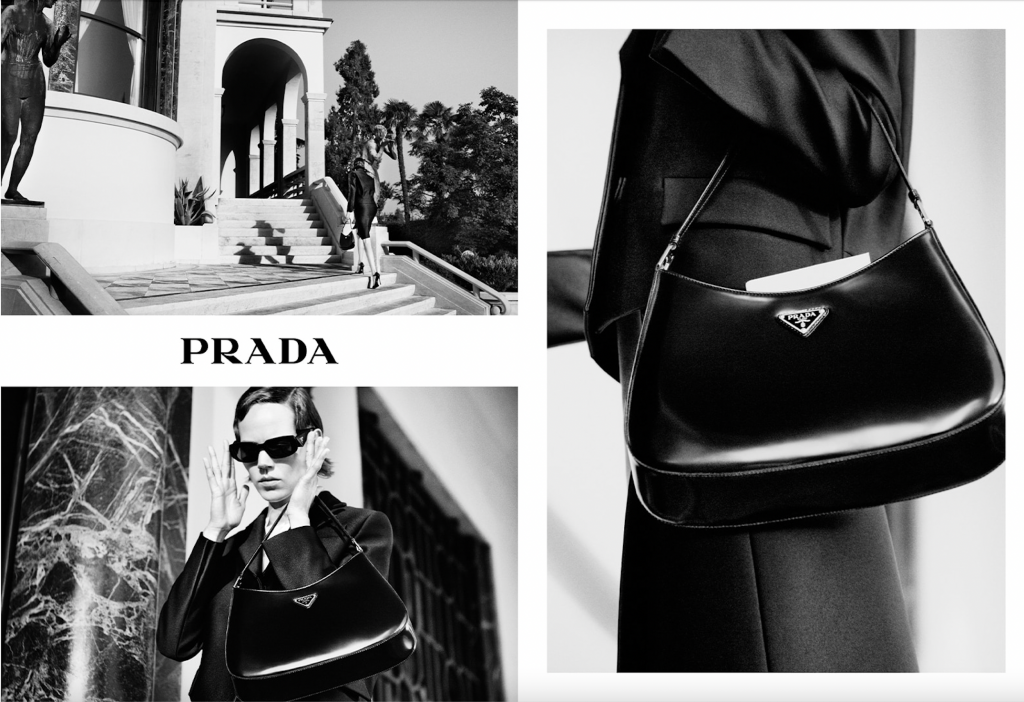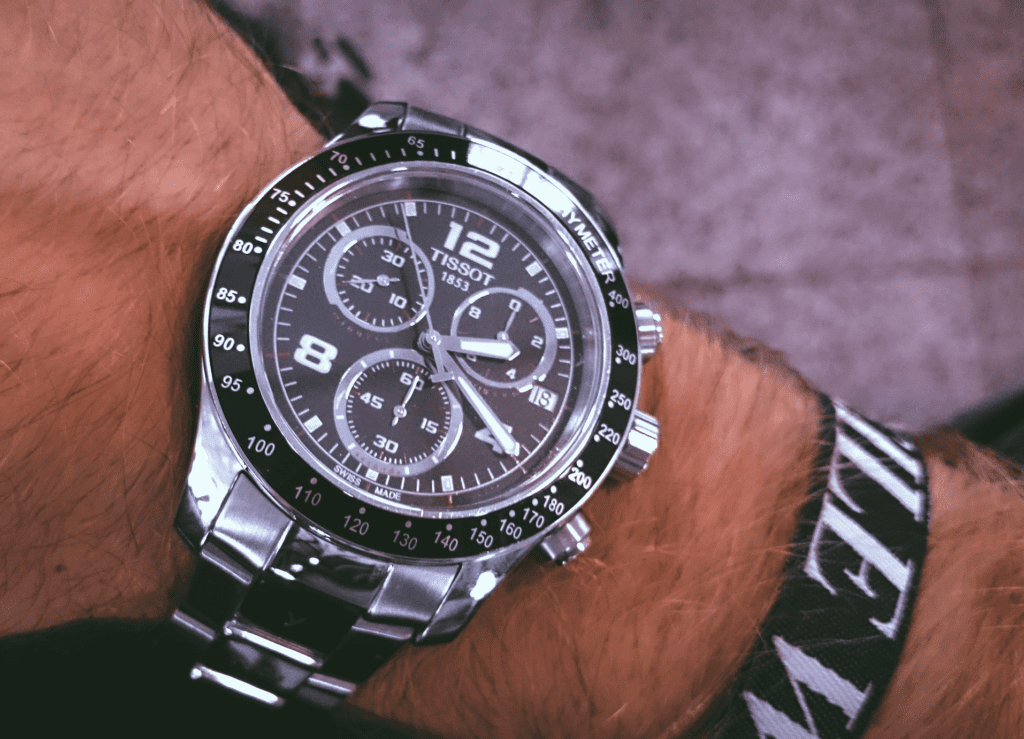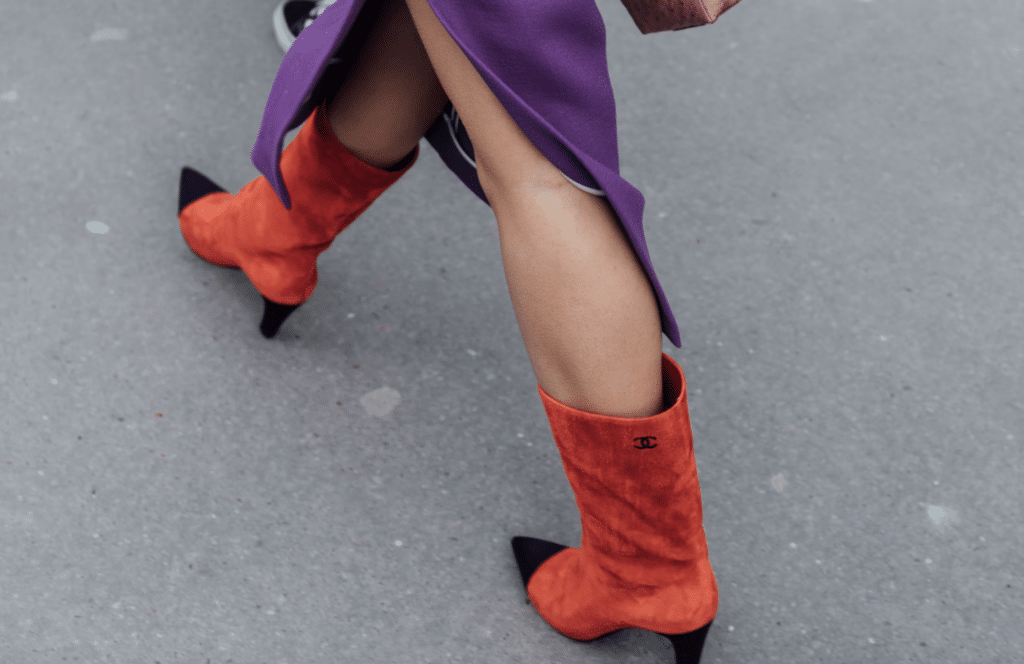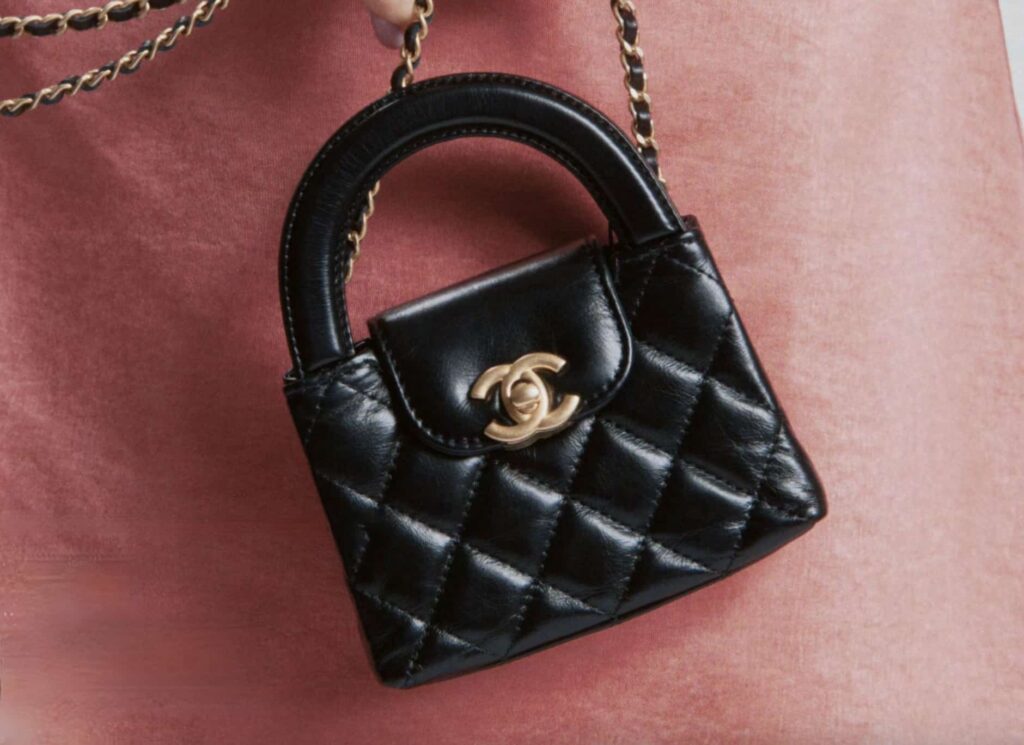Prada e-commerce sales surged by more than 200 percent last year, the Italian fashion group revealed on Wednesday in connection with its 2020 fiscal year report. Generating 2.42 billion euros ($2.9 billion) in revenue for the year (down by 24 percent on a year-over-year basis, but just 8 percent for the second half of the year), the group – which consists of its marquee Prada brand, as well as Miu Miu, Church’s, Car Shoe, and “historic” pastry shop Pasticceria Marchesi – cited a “progressive improvement” in sales “in all geographical areas” over the course of the year “to the point of full retail recovery in October and December compared with the same months in 2019.”
Milan-based Prada Group stated in a release on Wednesday that its retail sales, which makeup approximately 90 percent of its revenues, recovered in the second half of the year, with China driving such the rebound; sales in Taiwan and Mainland China were up by 61 percent and 52 percent, respectively, for the second half of 2020, followed by the Middle East (up 26 percent), Korea (up 22 percent), and the Americas (up 4 percent). Wholesale operations dropped by 49 percent compared to FY2019 and were down by 20 percent for the second half of the year, compared to the same period in 2019.
The group attributes its ability to rebound to “growth in local consumption in the second half of the year in all geographical areas,” as well as the Group’s “immediate, decisive and far-reaching” response to the onset of COVID-19.
Specifically addressing the importance of e-commerce, Prada stated that the COVID-19 pandemic “accelerated the digital evolution, reinforcing Prada Group’s omnichannel strategy,” with sales in the group’s e-commerce channel tripling from 2019 levels and the Group’s “brand relevance in the digital world increasing.” In terms of “digital channels,” the Group notes that its Prada brand saw “triple digit growth in views on Instagram” for the S/S 2021 season compared to S/S 2020; its Weibo hashtag #PradaSS21 generated 170 million views in a single day in 2020; and the brand boasted 32 million and 35 million, respectively, on Chinese social media apps Weibo and Douyin, a nod to the sheer importance of the Chinese consumer.
Meanwhile, in a corresponding conference call, the Group stated that its Leather Goods category saw double digit growth for the second half of the year in Asia, the U.S. and Middle East, “as a result of successful new product launches and reinterpretations of iconic products,” according to a note from Bernstein. Reflecting on its consumer base, Prada revealed that it is “shifting dramatically to a younger generation,” which boast “stronger KPIs in terms of retention, average [order value], etc.” It noted that “standout initiatives,” such as its Linea Rossa line, “perfectly fit in the new world focused on sportswear and young consumers.
And still yet, Prada stated that its price positioning “improved significantly” in 2020 in terms of its ability to increase prices (and presumably, move away from markdowns in furtherance of an enduring effort by the Prada brand), but also in terms of “the higher perceived value of products.” (And speaking of markdowns, the Group revealed that thanks to “effective supply chain management,” it was able to “avoid excess inventory.”)
As for where the Group falls in the larger trend of industry M&A transactions, it stated on the call that it is “not planning to sell” the Prada brand, but “could maybe consider acquisitions of other brands.”











